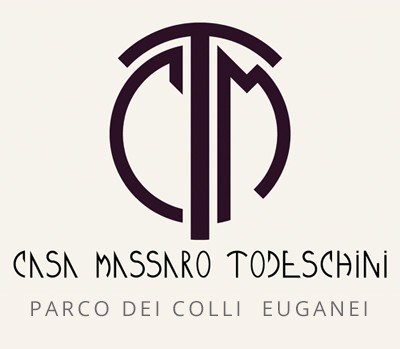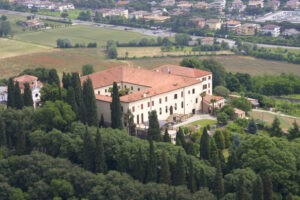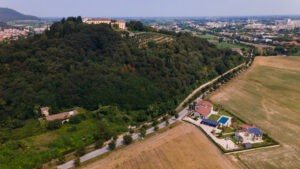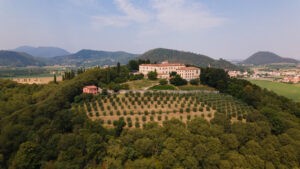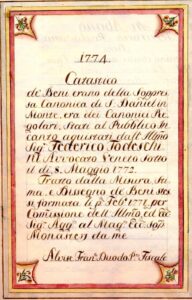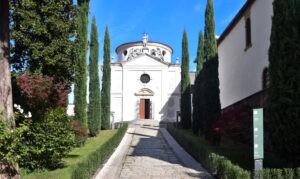
Roberto,
head of Casa Massaro Todeschini, says:
A journey in the time
Do you want to hear a story?
The first historical evidence of the existence of the monastery of San Daniele, founded by the Montagnon family to honour the memory of the holy martyr, Daniele, dates back to the last decades of the 11th century.
The Monastery was entrusted by the founders to a community of Benedictine monks and then to the Canon Regulars of San Salvatore of Venice until 1771. Following the suppression of religious institutes, a decree issued on 12th September 1771 led to the auction for the property of the Canons and the entire estate was bought by a lawyer named Federico Todeschini of Venice.
The property included the hill and the agricultural land that extended for few kilometres up to the current pedestrian area of Abano Terme.
The property was the dowry of his daughter Elisabetta, the only heiress of the family, when she married Count Bartolomeo Bonomi in 1832. Some changes were made to the monastic building to make it the comfortable and elegant summer residence of the Todeschini-Bonomi family.
A plan of the Austrian land registry dating to 1805 reports that the building, which today is our guesthouse, and the name of the house itself was that of Todeschini.
Do you want to see some historical evidence of this story?
Inside the monastic complex, you can find the church that houses some representations and tombstones belonging to the Todeschini family.
Many of other curious experiences are waiting for you.
Outlearn about other interesting things and proposals we can offer you!
So why “Massaro”?
This building was the home of the farmer, the most important figure (obviously after the owner) of the estate.
The farmer, in the nineteenth century, was responsible for the administration and cultivation of the lands. Noble people were not interested in the management of their vast fields and they left the great responsibility of running them to their farmers who, like the current bursars and managers, organized the laborers and farming.
Finally, in 1948, the monastery came back to its original function, when the Benedictine nuns of Rijeka settled there.
